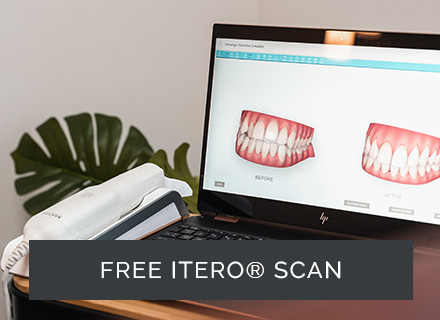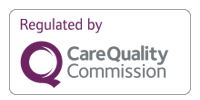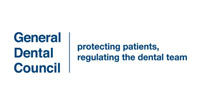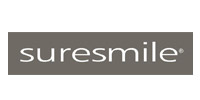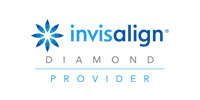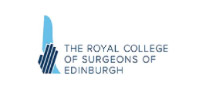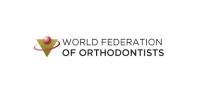128 Woodford Avenue
020 8551 9336
At Home Braces
At Home Braces
25th February 2019
We’ve seen a growing promotion of ‘At Home Braces’ across social media platforms. The Do-It-Yourself treatment promises straight teeth direct from your home. The premise behind it is you take the impression and a laboratory makes your series of aligners. You wear and change them at home. Without ever seeing a dental professional!? … And ‘Voila!’, you’ve made over your smile with braces at home.
As the treatment promises to be more convenient and affordable. We can see the appeal but it’s not without limitation, risk and concern.
Risks with At Home Braces
Health
The specialist consultation we offer inlcludes more than which treatment is right for you and how long it will take. It is to make sure your teeth are healthy and to ensure that any orthodontic treatment won’t be detrimental to your oral health. There are problems that can only be picked up during an examination and X-ray, which may be worsened by orthodontic treatment, for example, root resorption, gum disease and dental decay. It’s important to monitor these factors through your treatment. Supervised orthodontics gives your clinician an opportunity to assess your dental health at every visit. To make recommendations and amendments as necessary to prevent any damage to your teeth and gums.
Limitation
Sometimes there’s additional treatment needed to get you to your perfect alignment such as Interproximal Reduction (IPR). The treatment involves gently shaping and filing between your teeth. To gain some space for heavily crowded teeth and improve the contact points and cleanability of oddly shaped teeth. At home braces won’t be able to finesse and fine tune your result in the same way supervised, specialist orthodontic treatment would.
Predictability
Even with experienced and careful planning, no one can predict how your teeth will respond to orthodontic movement. Which is why we see our patients every 4-6weeks, to keep track and make changes to your treatment plan if necessary. Your at home brace treatment plan might tell you it’s time to move on to the next aligner. But, only an experienced clinician will tell you if your teeth are ready for the next phase of the movement.
Patient Care
We believe supporting our patients with all aspects of their treatment to be a vital part of the service we provide. Supervised treatment will give you face-to-face support you need throughout orthodontic treatment. And there’s a dedicated team at the end of the telephone that can answer any and all of your questions.
Dental Impression
At home braces require you to take a dental impression of your own teeth. Impression taking takes practice to ensure you get enough detail to guarantee a great fit. Even we can take a couple of attempts sometimes to make sure it’s perfect. If the impression of your teeth isn’t exactly as it needs to be it will have an effect on the rest of the at home brace treatment and likely the result.
Result
Before you finish your treatment it’s important to make sure your teeth and jaws are correctly aligned and you’re happy with your smile. Your at home braces will come to an end. You might think they look great, but a qualified professional will know if your results could be even better. The fee you pay us is to get you to the smile you are delighted with, sometimes we’ll make some final adjustments to your brace in order to get you the best possible outcome. This can take a few extra weeks, at no extra cost, if you’re not happy with the ‘finished’ result with at home braces you may have to pay again for another course of treatment.
Relapse
Even more important than doing a great job aligning your teeth is holding them there. You’ll need to wear retainers indefinitely to maintain your results. At home braces may not include a removable retainer, and they won’t be able to check it fits correctly and adjust it while you wait if they do. It’s also important to consider the year of aftercare, which is when you’re most at risk of orthodontic relapse (your teeth moving back). Many of our patients also opt for a fixed retainer, which is a thin wire that we place behind your teeth for extra peace of mind.
On balance, at home braces should be used with extreme caution. A specialist orthodontic consultation is strongly advised for a second opinion at the very least. Alignment is only half of the story and while its likely only mild cases are deemed as ‘suitable’ for at home braces they’re not without risk.
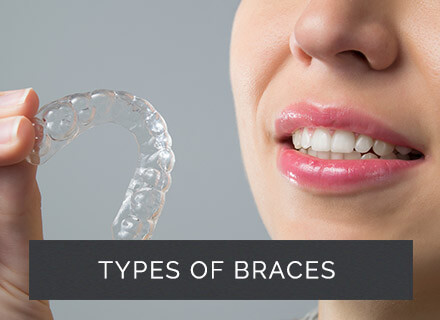
Types of braces
find out more
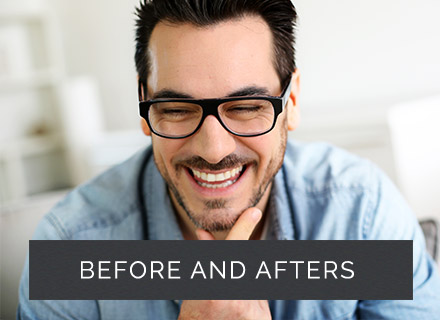
Before and Afters
find out more

Testimonials
find out more
